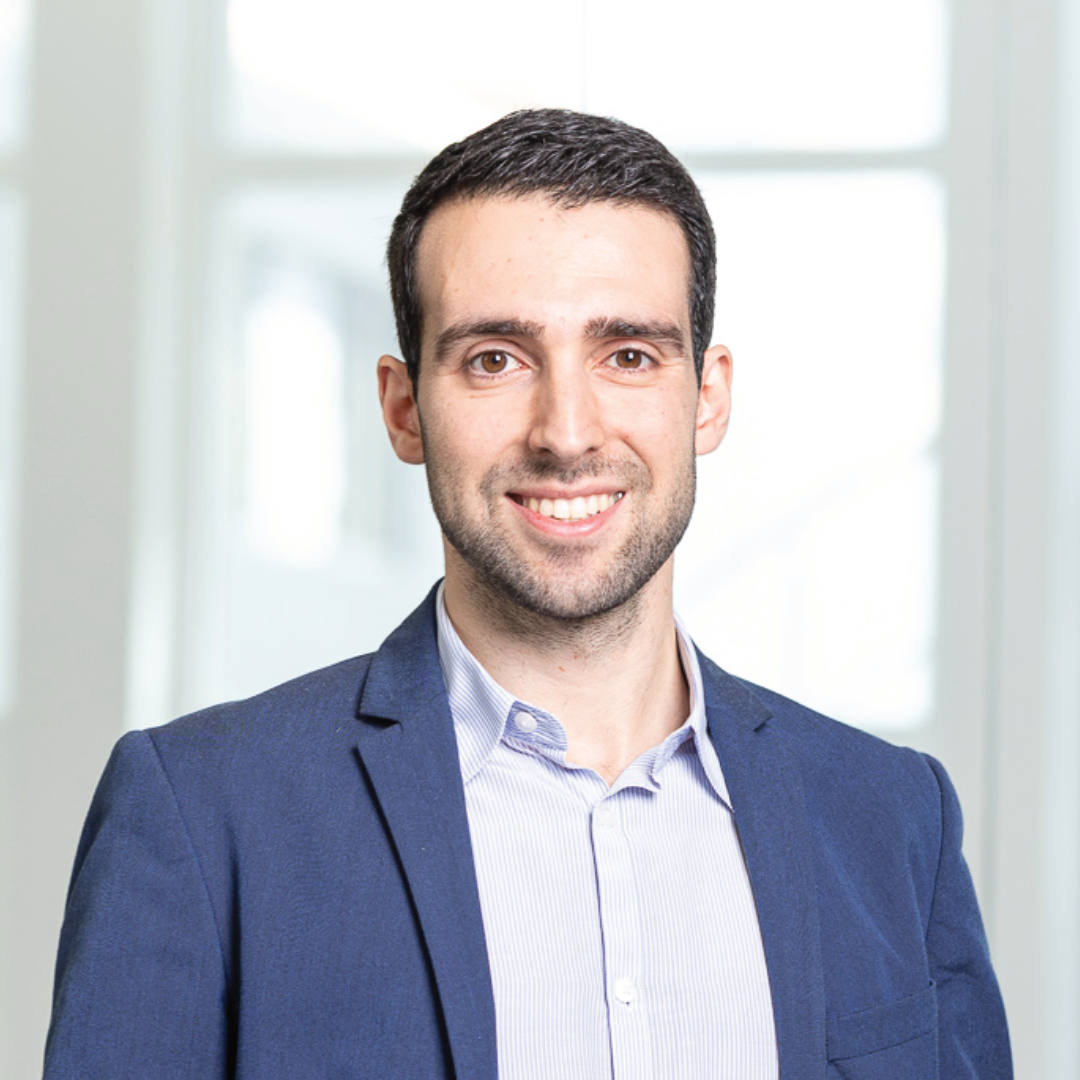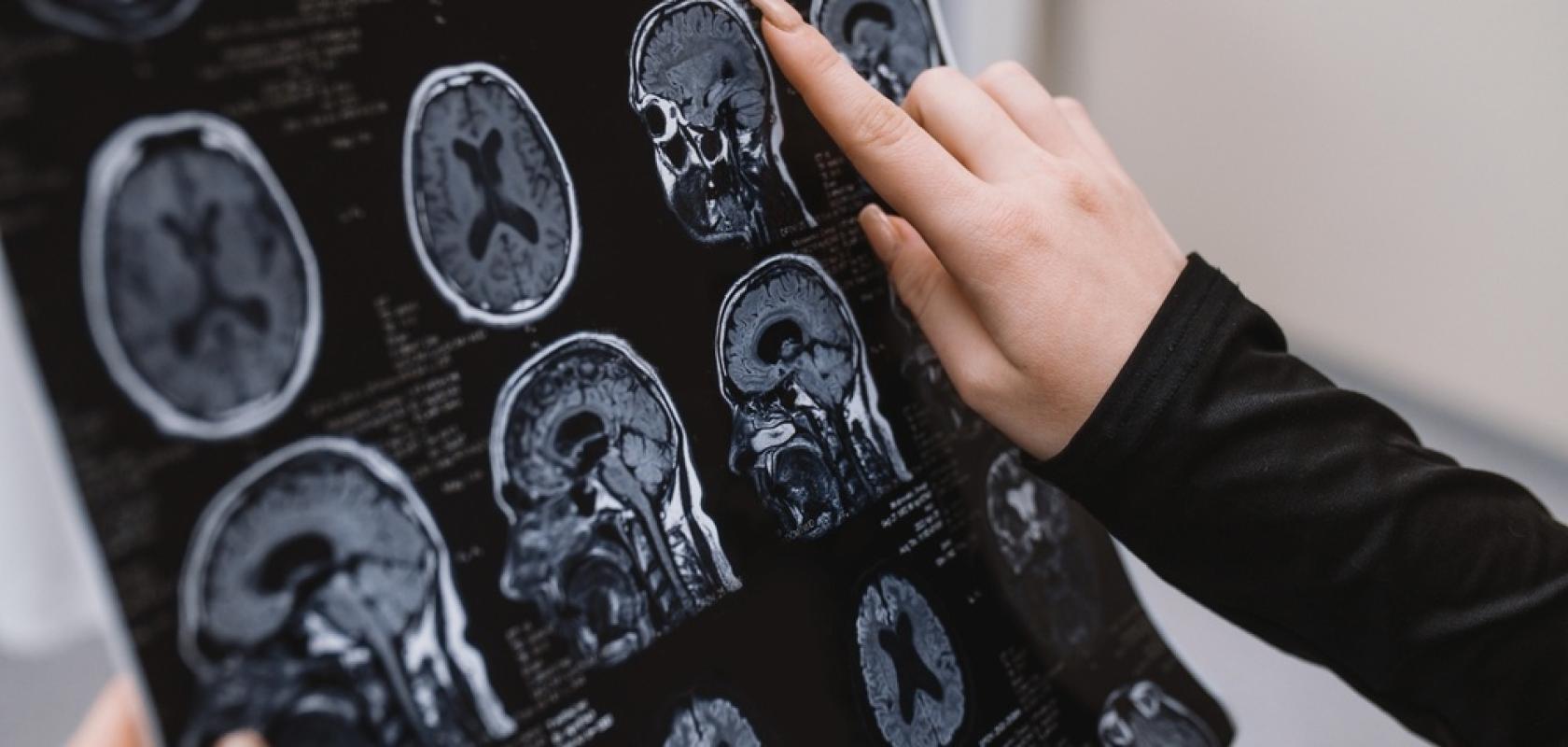A photonics-AI platform will soon be used in an international Alzheimer’s trial. We hear from Luís Valente, CEO & Co-Founder at iLOF, about the enabling optics/photonics components and the challenges with commercial scaling
The UK’s national innovation agency, Innovate UK, has awarded a £1.2M (~$1.5m) clinical research contract to iLOF for its AI-powered Optomics platform.
The funds will be used to deploy the company’s Optomics(R) platform in an international Alzheimer's study spanning across the United States, Canada, and the United Kingdom.
The Bio-Hermes-002 research study works with participants with or without memory concerns to help identify blood or digital tests that could help predict the presence of amyloid plaques or tau tangles in the brain, which are the hallmarks of Alzheimer’s disease.
The first round of the study (Bio-Hermes) brought together biopharma, technology and nonprofit partners, and enrolled more than 1,000 study volunteers - 24% of which came from traditionally underrepresented communities, vastly surpassing the diversity rate of other clinical trials.
iLoF is one of the company's participating in Bio-Hermes-002. The company's Optomics(R) platform combines combines low-cost photodetectors and lensed optical fibres, currently leveraged on a fluidics system, with multimodal data analysis.
This approach generates biomarkers through a non-invasive, scalable, and streamlined process, leveraging massive amounts of data to provide rigorous and tailored information to enhance patient stratification, reduce screen failures and improve the efficiency of Alzheimer's research.
“While the key core technological breakthroughs have been unlocked, it's key to continue a constant flow of innovation”

Luís Valente, CEO & Co-Founder at iLOF
How does optical technology work within the Optomics platform? What are the enabling optic/photonic components?
Our Optomics platform detects label-free nanosized biomarkers in biological liquid samples, to generate specific patient or disease signatures.
Technically, the platform leverages highly focused, non-destructive laser beams guided by optical fibres that interrogate the biological sample to obtain a digital signal of its backscattered light pattern.
The platform combines low-cost photodetectors with lensed optical fibres, currently leveraged on a fluidics system (for increased throughput).
This lensed fibre technology detects elastically scattered photons, which are then fed to an AI pipeline to create a unique fingerprint. When compared to our database, this allows us to detect modifications providing a flexible and agnostic tool that is not limited to a single use or disease.
What are the main considerations when combining optical technology with AI?
Combining spectral signals with AI is one of the core opportunities that iLoF was born to address. One of the core advantages of photonics platforms is the ability to innovate in a highly scalable way, enabling the collecting of massive amounts of data (in this case, in a label free manner).
However, dealing with variability and sound-to-noise (SNR) are historically usual challenges of using optical technology in high-precision applications (e.g. especially when signal collected is pushing the limits of detection) – and this is where AI can help. Using advanced machine learning/deep learning algorithms, it is possible to both normalise/filter the noise and select the core features that are more relevant to a certain application (in this case – features correlated with a biological nature).
What is the most challenging aspect of commercialisation?
Currently as a company, commercial scaling is certainly one of our main objectives. However, executing these key commercial contracts brings additional challenges, both from an operational level (e.g. hiring world-class physics who share a passion for personalised medicine) and from a technical perspective (e.g. scaling systems that are subject to an ever increasing variability and are expected to suffer from minimal downtime).
While the key core technological breakthroughs have been unlocked, it's key to continue a constant flow of innovation to both relevant in the best position in the market, and to keep addressing the needs and opportunities presented by our clinical partners.
How could the funding and innovation going into this project trickle down to other applications?
It already does. Aside from our clinical phenotyping product, we are currently rolling out with a limited number of leading institutions in Northern Europe and in the US a new application of the platform, into support the pre-clinical phase of drug discovery (especially in what it regards to advanced therapy medicinal products (ATMPs).
The level of maturity, validation and operation of the platform achieved through this project will (and is) trickling down already to the rest of the business, and will certainly be a key stepping stone towards our mission of accelerating personalised medicine to the masses and allow effective treatments to finally reach millions of patients around the globe.
Credit for main image: illustrissima/Shutterstock


